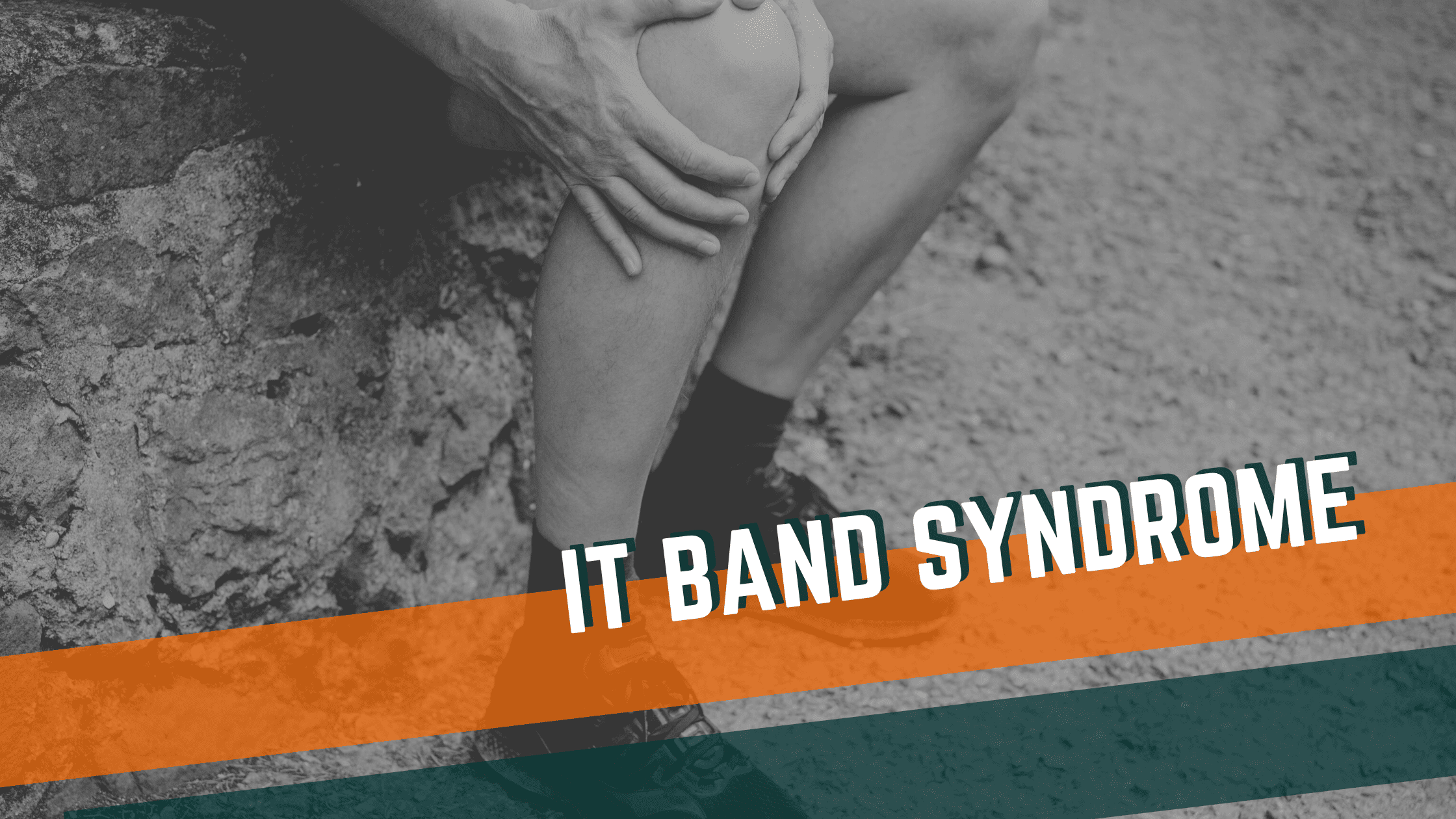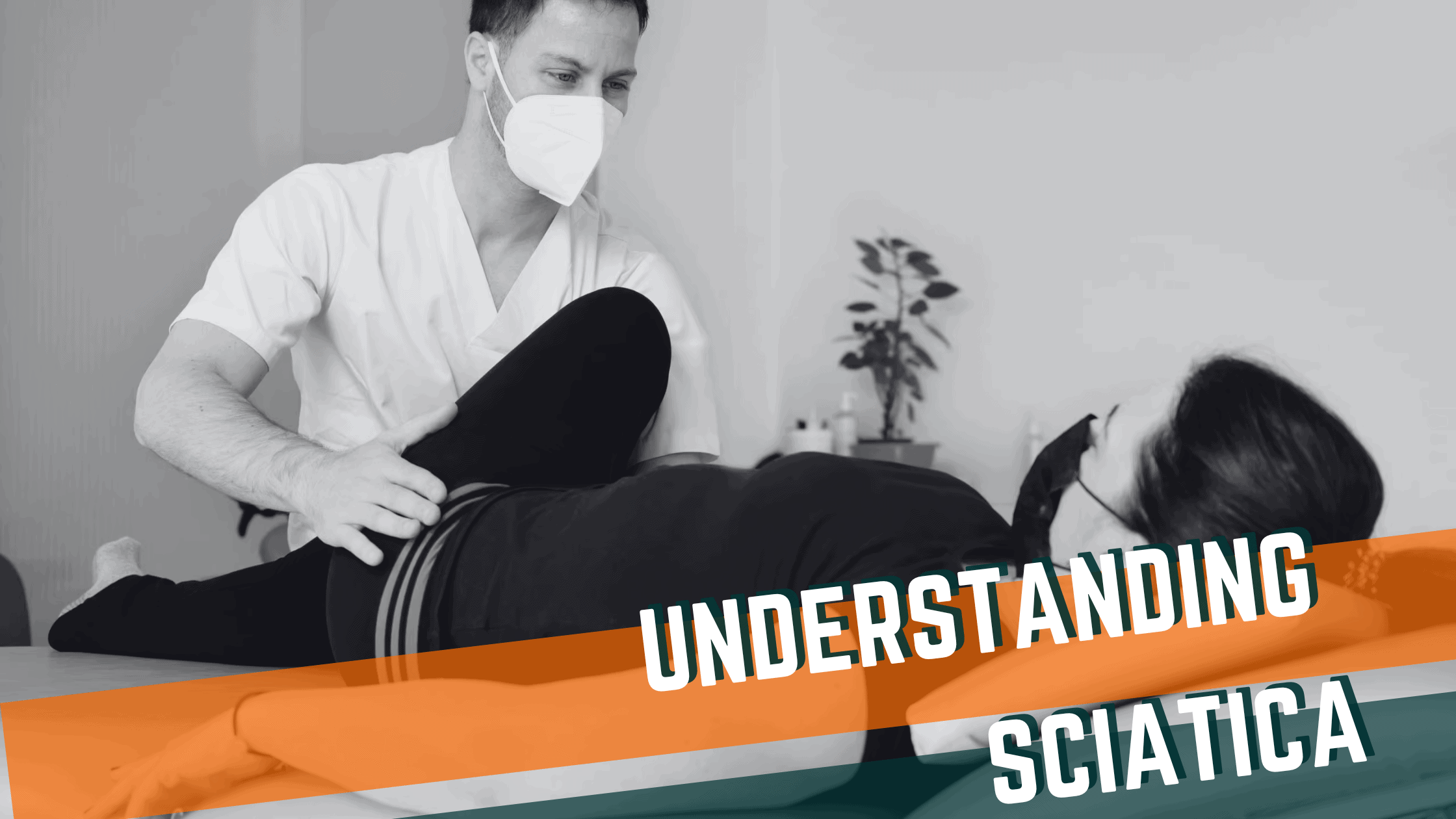
IT Band Syndrome is a painful condition, usually around the outside of the knee and thigh, that often limits runners’ and other athletes’ physical activity levels as pain increases. If you’re struggling with IT Band Syndrome, this article will help you understand why you have these symptoms and how to alleviate your pain!
The Purpose of the IT Band
The IT Band is a thick connective tissue that runs from the hips to the lateral knee and shin. At the hip, the ITB connects to the glute muscles and the TFL on the lateral hip.
Its job is to work with the glutes to provide lateral stability to the lower body. In runners, for example, as they land on a leg, the glute muscles contract and pull on the ITB to help the runner stay upright and maintain lower leg alignment as the athlete absorbs the force of landing and propels into their next step.
What Causes IT Band Syndrome?
Tightness is often blamed on the IT Band becoming irritated and painful. But that is a common myth; stretching the ITB doesn’t usually help long-term symptoms. That is because the ITB is so incredibly thick and stiff that stretching won’t lengthen it.
Causes of IT Band Syndrome
There are three common causes of IT Band Syndrome, with most athletes experiencing this condition because of a combination of these contributing factors.
First, training volume errors. Athletes that increase their training volume too aggressively and overload the IT band far beyond what it is used to having to handle. Lowering training volume and following a slower, better-planned progression is best for these athletes.
The second is running technique issues. Three common reasons for errors place more tension on the ITB, often resulting in pain:
- Athletes that tend to cross their legs over midline as they run (as if running on a tight rope)
- Athletes whose knee dumps into valgus as they land
- Runners that have very low steps per minute (<170)
A running form assessment by a trained physical therapist is your best bet for identifying running form issues and improving technique.
Finally, glute muscle weakness often puts more strain on the ITB and contributes to the running form errors mentioned above. For athletes with glute weakness, heavy strengthening of the glutes is the best plan of care.
IT Band Syndrome Exercises
The best exercises to train to help with IT Band Syndrome depend on which factors contribute to your ITB being painful.
Most athletes with IT Band Syndrome need glute strength but often perform exercises that aren’t challenging enough to strengthen the glutes. For example, glute bridges are a commonly prescribed exercise that, for most athletes, just isn’t enough.
For more aggressive glute strength, we prefer these 3 exercises:
- Barbell Hip Thrusts for sets of 8-12 reps with a load that puts you a few reps shy of failure
- Side Plank Variations that work your lateral hip and core that are tough to perform for 20-40 seconds
- Lateral Step Ups with a Mini Band around the knees to emphasize not letting the knee dump in
Running form exercises, of course, depend on the exact errors seen in a run form analysis. Most frequently, we have athletes run in front of a mirror to work on reducing leg crossover and run with a metronome to adjust step rate.
When Should You See a Physical Therapist for IT Band Syndrome?
An experienced sports physical therapist can be a huge help for those dealing with ITB Syndrome. They can identify what factors are leading to your ITB pain as well as use tools like myofascial decompression and dry needling to provide relief for your symptoms.
Consider seeing a Physical Therapist if:
- You’ve never had a professional evaluate your running form
- Pain is limiting your mileage or not improving after 2-3 weeks of self-care
- You aren’t sure if your pain is from the ITB or other tissues
At Onward, our team is highly experienced in helping athletes recover rapidly from ITB Syndrome. Our therapists will help adjust your training to maximize performance gains without further aggravating your symptoms. Usually, addressing the factors we find that are leading to your ITB pain will also help improve your performance in the long term!
Schedule an appointment today to get started!
Recent Articles
10 Things I Learned Doing Croft While Pregnant

C-Section Scar Tissue and Adhesions: Physical Therapy Interventions for Pain Relief

Understanding Sciatica

Elevate Your Running Game: The Importance of Weightlifting for Runners

TMJ Disorders and Headaches: Physical Therapy Approaches for Pain Relief

